Patricia Urquiola’s new 'Openest' office furniture line for Haworth
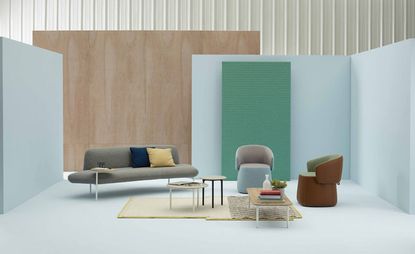
The most crucial creative moment in the development of Patricia Urquiola's new office furniture line occurred during her first meeting with the behemoth American producer Haworth over two years ago.
'I remember we were in a huge room with an immense conference table,' recalls the Milan-based designer, 'and the worst thing is that I was sitting on one side and they on the other side - so far away. I couldn't speak in this condition.'
Urquiola remedied the situation by jumping up from her seat and running around the table to sit eye to eye with her American colleagues, where she was then able to converse, sketch and interact.
This close encounter began the creative process for Openest, a line of office furnishings that debuted this week at Chicago's NeoCon design expo and swiftly won Best in Show out of 410 competitors.
Urquiola's idea is simple yet radical - especially for a company like Haworth, which did $1.4 billion in traditional office furniture sales last year. Rather than focus on the classic table schematic designed for large-scale offices, her designs are conceived to improve and foster communication and collaboration. The collection features sofas, pouf seating, tables and space-dividing screens, all of which function as flexible design elements that can be configured in a multitude of ways for both open or conventional work spaces.
With fabric backs that create a cocoon effect and a reliance on soft textiles that recall the comforts of home, the pieces adapt to their environment, becoming as relevant for small team gatherings as for solitary moments of reflection.
Urquiola was inspired by the less rigid creative environments she has had the opportunity to work for in her career, but also by the informal ways in which Europeans tend to work spontaneously.
'America needs our [European design] approach,' she says, firmly. 'We work in a way that is closer, warmer and less formal, so it's easier for us to communicate.'
'Plus,' she adds, 'when people come to work, they need to feel good.'

The collection features sofas, pouf seating, tables and space-dividing screens, all of which function as flexible design elements that can be configured in a multitude of ways for both open or conventional work spaces

With fabric backs that create a cocoon effect and a reliance on soft textiles that recall the comforts of home, the pieces adapt to their environment, becoming as relevant for small team gatherings as for solitary moments of reflection
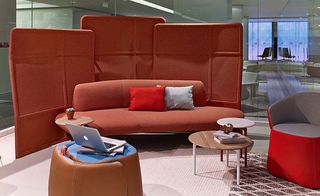
Urquiola was inspired by the less rigid creative environments she has had the opportunity to work for in her career, but also by the informal ways in which Europeans tend to work spontaneously
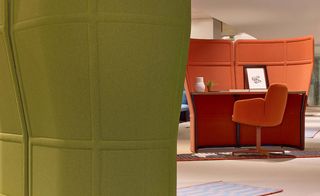
'America needs our [European design] approach,' she says, firmly. 'We work in a way that is closer, warmer and less formal, so it's easier for us to communicate'

A pod-like environment in which to share ideas
Wallpaper* Newsletter
Receive our daily digest of inspiration, escapism and design stories from around the world direct to your inbox
JJ Martin
-
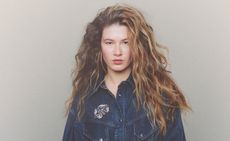 In Van Cleef & Arpels’ high jewellery, the archival meets the au courant
In Van Cleef & Arpels’ high jewellery, the archival meets the au courantVan Cleef & Arpels pays tribute to its rich heritage with a captivating high jewellery collection
By Hannah Silver Published
-
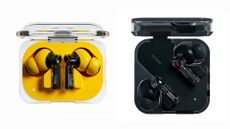 New Nothing Ear and Ear (a) earbuds: audio innovation with a retro nod
New Nothing Ear and Ear (a) earbuds: audio innovation with a retro nodNothing’s new Ear and Ear (a) earbuds, drawing inspiration from vintage portable hi-fi and packed with updates, help the company maintain its status as an audio innovator
By Jonathan Bell Published
-
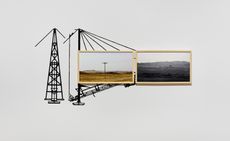 Aindrea Emelife on bringing the Nigerian Pavilion to life at the Venice Biennale 2024
Aindrea Emelife on bringing the Nigerian Pavilion to life at the Venice Biennale 2024Curator Aindrea Emelife has spearheaded a new wave of contemporary artists at the Venice Biennale’s second-ever Nigerian Pavilion. Here, she talks about what the world needs to learn about African art
By Ugonna-Ora Owoh Published